The award-winning young photographer opens up about about the challenges of modelling for yourself.
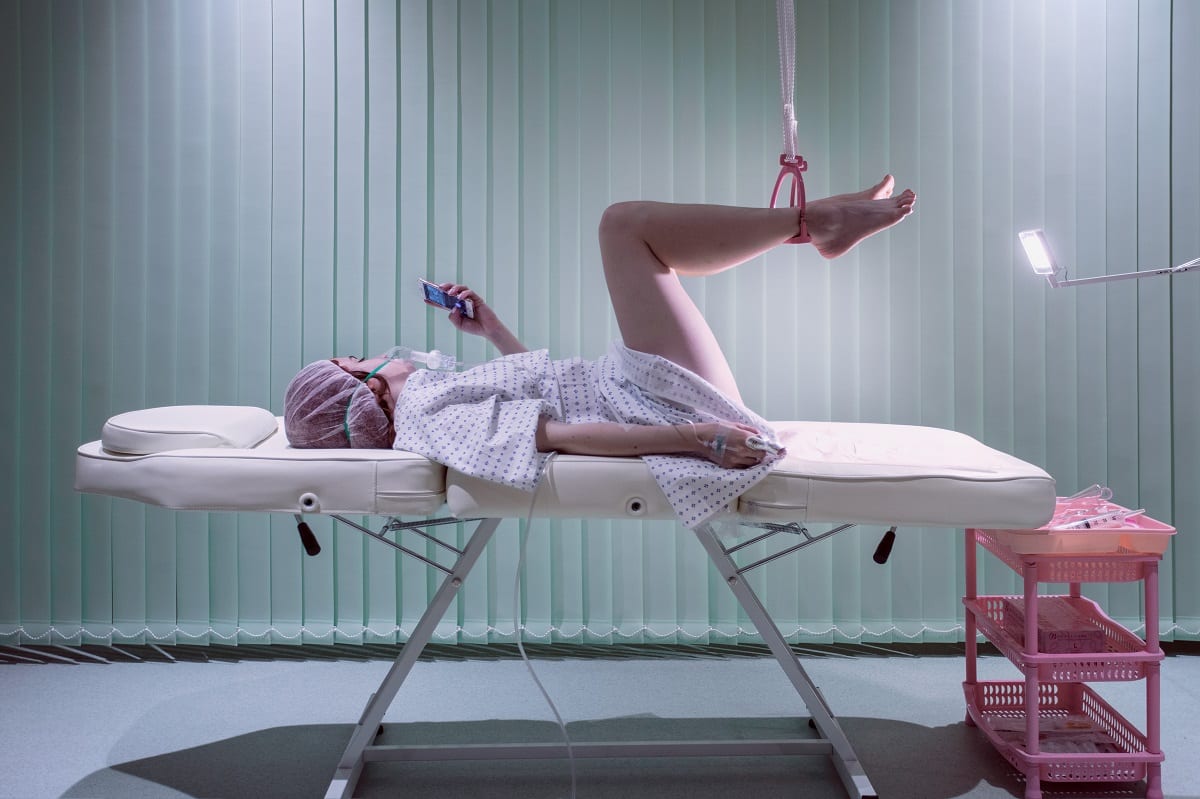

The award-winning young photographer opens up about about the challenges of modelling for yourself.
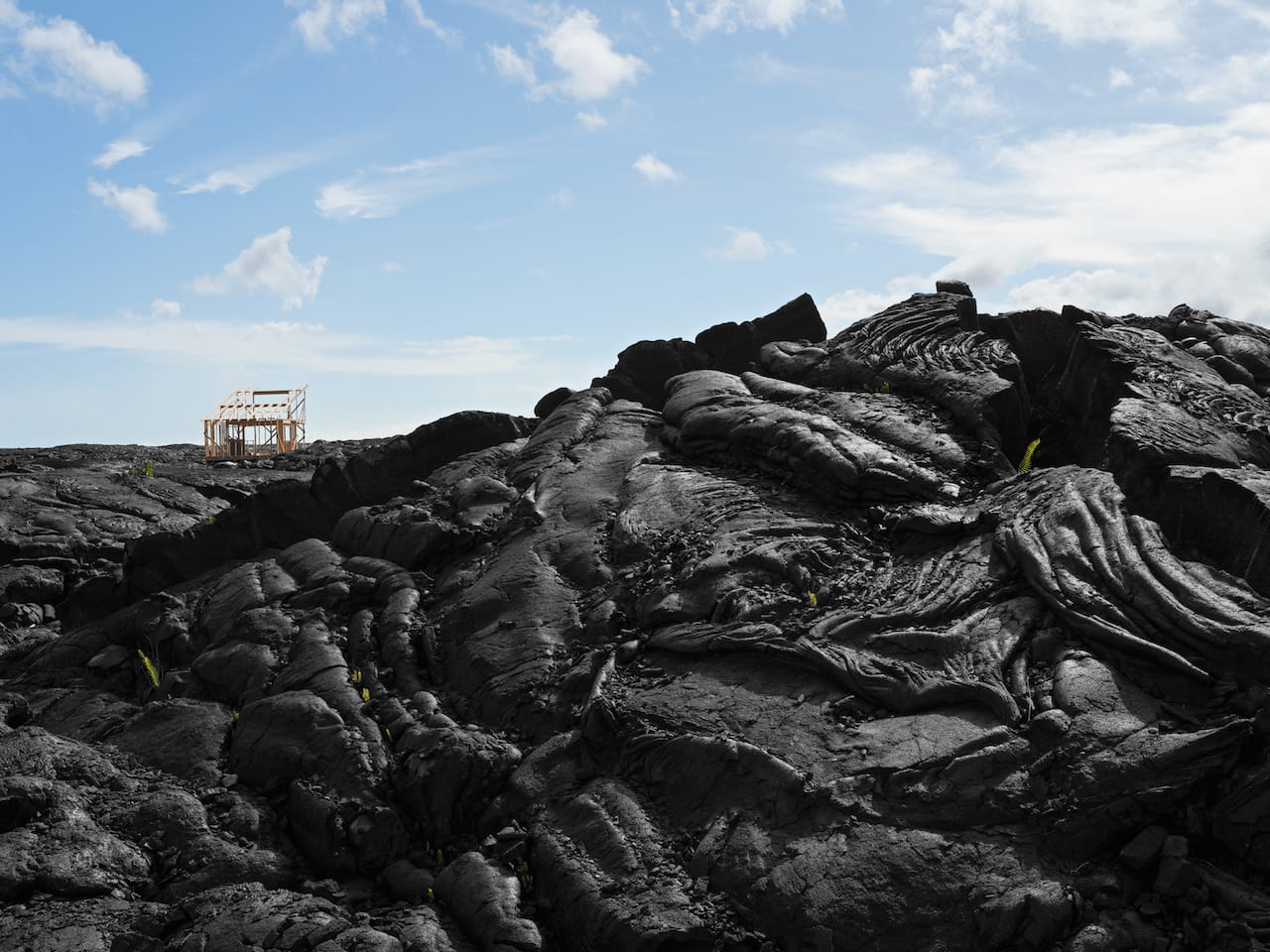
Born in 1983 in the United States, Lucas Foglia grew up on a small farm some 30 miles east of New York city. His family grew their own food and lived a life away from the bustle of shopping centres and the surrounding suburbs. “The forest that bordered the farm was my childhood wilderness,” he says. “It was a wild place to play that was ignored by our neighbours, who commuted to Manhattan.” But in 2012 Hurricane Sandy charged through his family’s fields, flooding the farm and blowing down the oldest trees in the woods. “On the news, scientists linked the storm to climate change caused by human activity,” Foglia recalls. “I realised that if humans are changing the weather then there is no place on earth unaltered by people. I looked through my archive and set aside some photographs that became the seeds for my third book.”
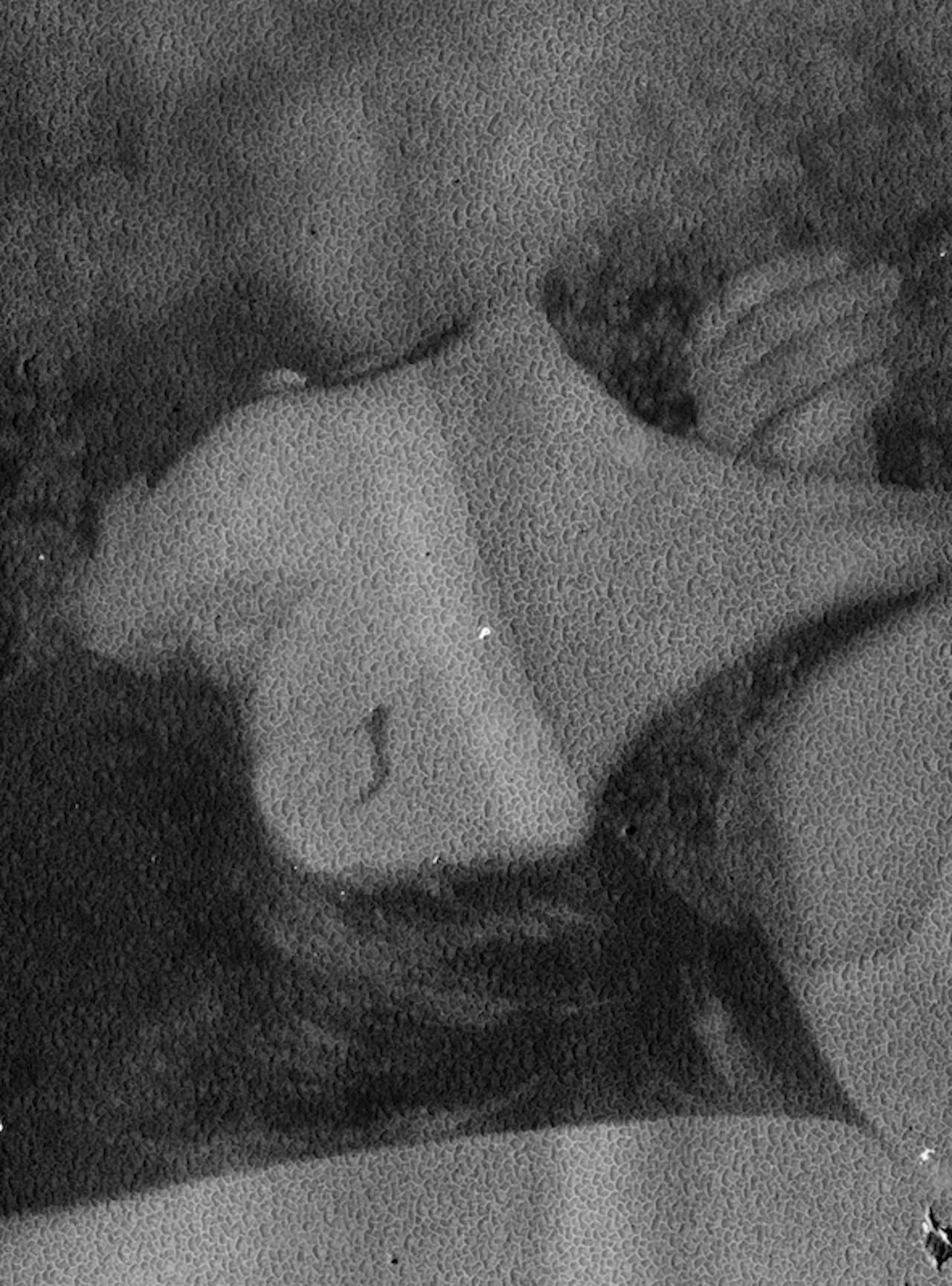
We are in Arles, where in July 2016 he showed Mortuary, one of his signature sculptural installations, made up of heavily manipulated, elongated photographic forms. He had been selected for the Rencontres photofestival’s Discovery Award, though in truth this cat had been long out of the bag – Yokota exhibited in Arles in 2015, showing his almost imperceptible inky-black prints from his Inversion series as part of Another Language: 8 Japanese Photographers, curated by Simon Baker of Tate Modern. And in the preceding half decade, his intriguing, visually arresting performances, experiments, installations, books, soundscapes and collaborations have blazed a trail from Tokyo to wider international acclaim, taking photography on a journey to the extreme. In this he is a revolutionary, with neither pretension nor timid creativity. The sheer energy with which he produces work is extraordinary, verging on obsessional and driven by a desire to constantly record, destroy and then recreate. Anxiety is the fuel. “In my mind, I have an image of burning energy in continual production,” he says.
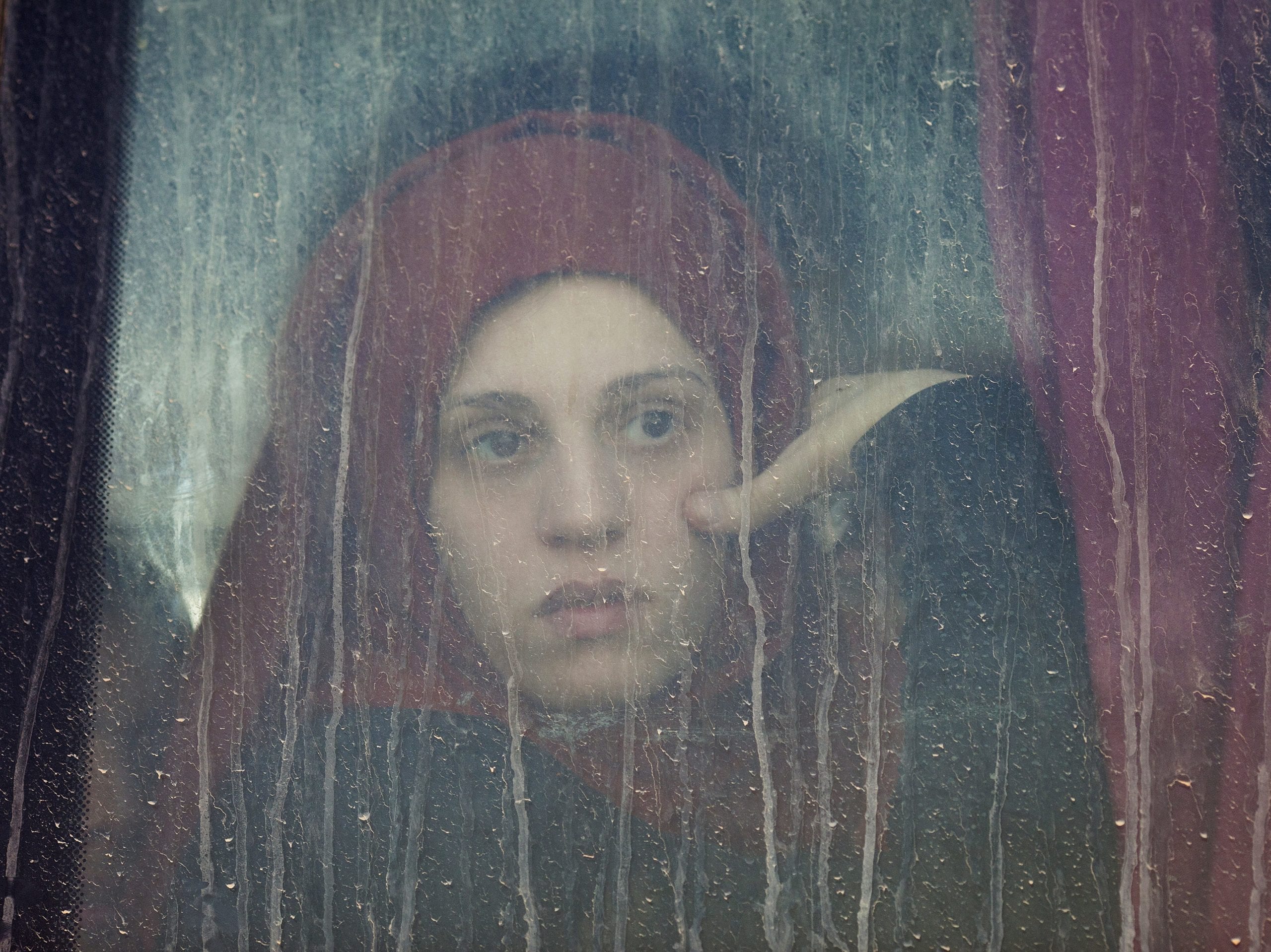
“Think about what you want to say. Think about what you care about. And then photograph that”
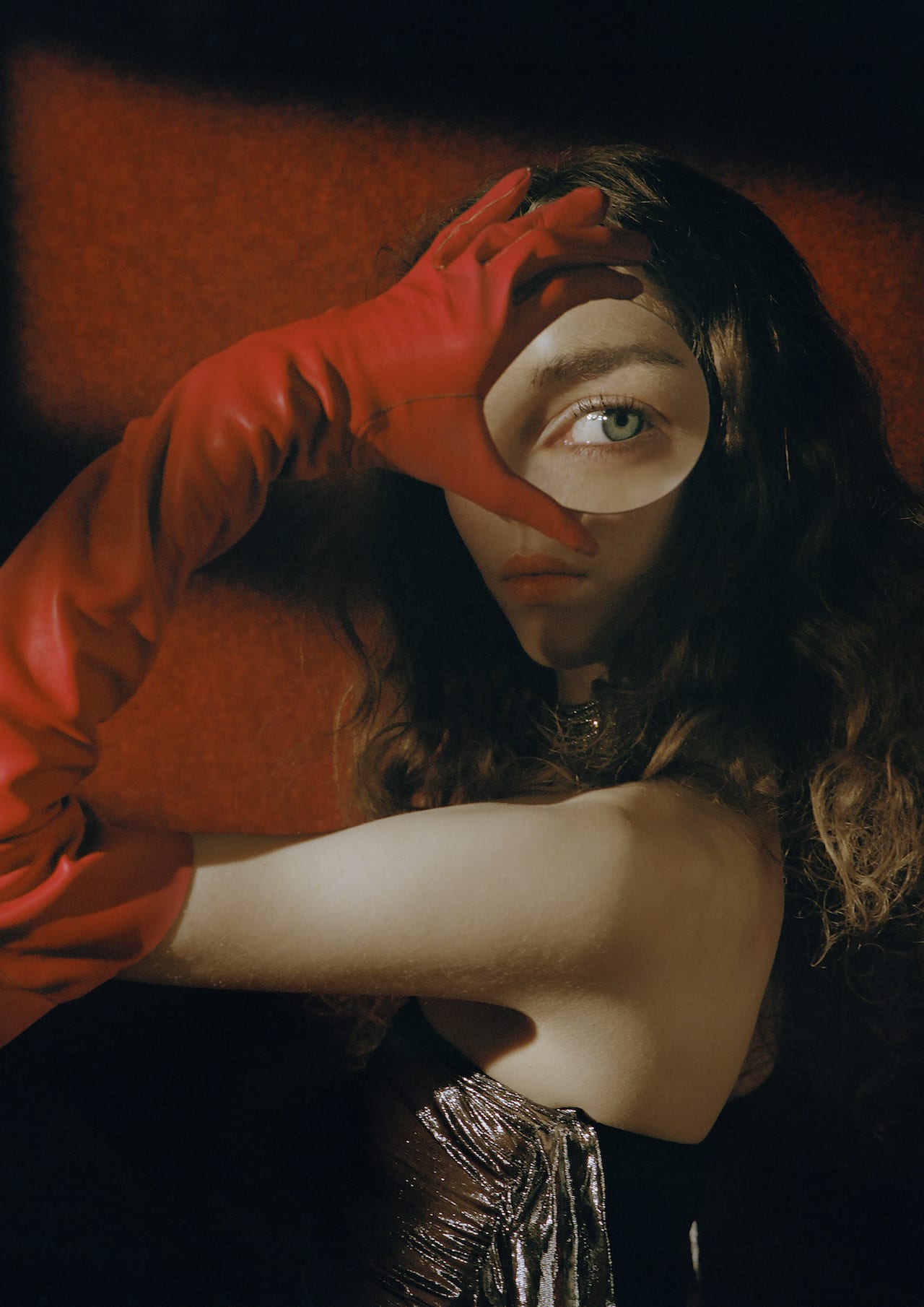
Katie Burdon’s ethereal fashion images make no secret of a childhood spent outside in the English countryside. A Cornish native, the 20-year-old first began taking photographs when she was 14, using her friends as models and the picturesque fields, woods, and seaside of her surroundings as her backdrop. Now a graduate of the University of Bournemouth, her practice has evolved into an intimate and considered portrayal of femininity through fashion photography. With a rich yet hazy 1970s-inspired palette and surreal undertones, Burdon’s photographs are elegant in their composition, yet still capture something of the raw and playful nature of youth. Determined to counteract the impossible beauty standards of the imagery she grew up with, the young photographer prefers being real and “celebrating women”, choosing models with big personalities.
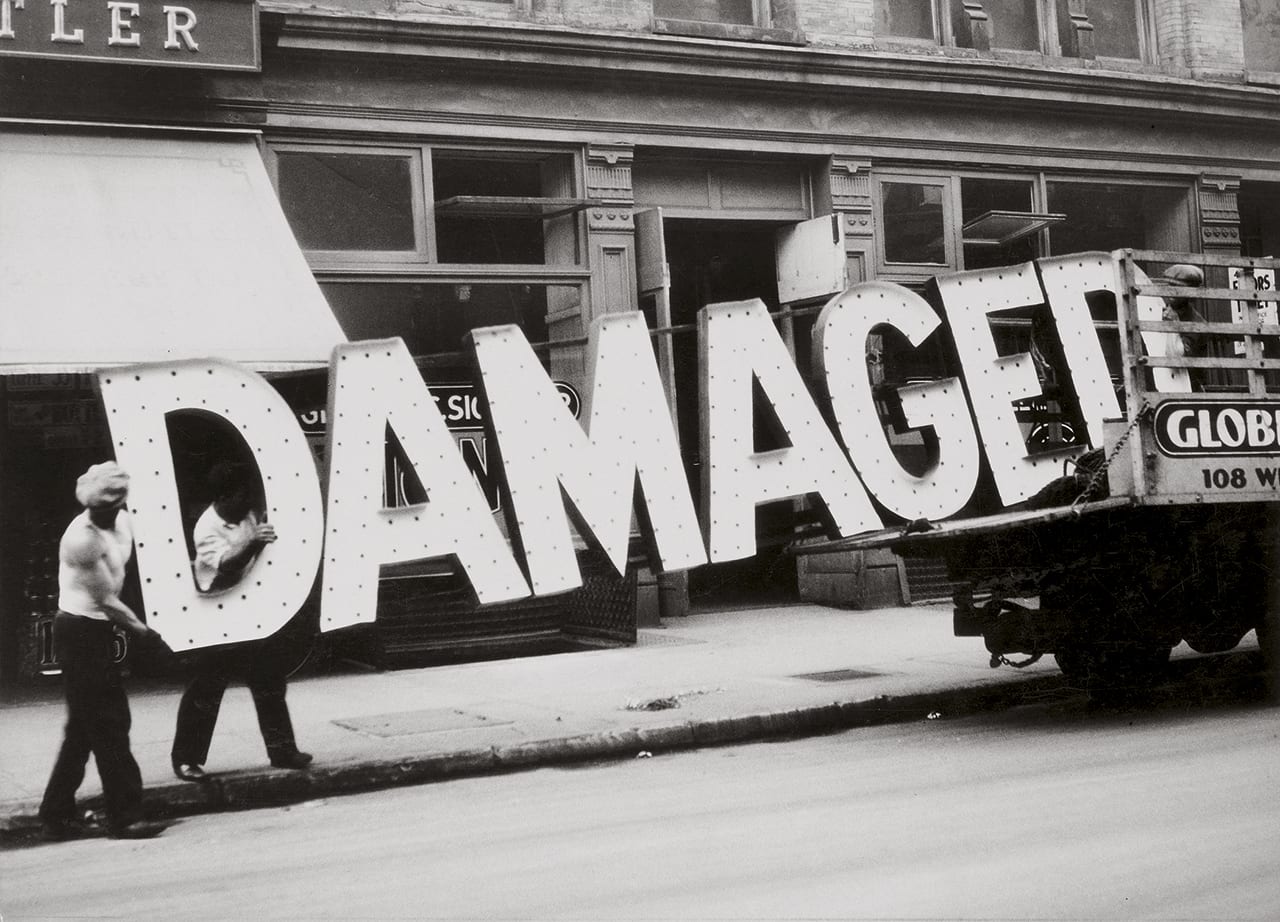
“There are two important things about this show,” says Clément Chéroux, senior curator of photography at SFMOMA. “First, the quantity of work – more than 300 photographs, quite a large selection, because we were able to get support from most of the big institutions – MOMA, the Art Institute of Chicago, the Metropolitan Museum of Art, National Gallery of Canada, the Musée du Quai Branly and so on, and private collections from around the world. Second, is the fact that it is arranged thematically rather than chronologically. Usually when you look at important retrospectives they are chronological, but we organised by theme because we wanted to organise it around Evans’ passion for the vernacular. He was fascinated with vernacular culture.”
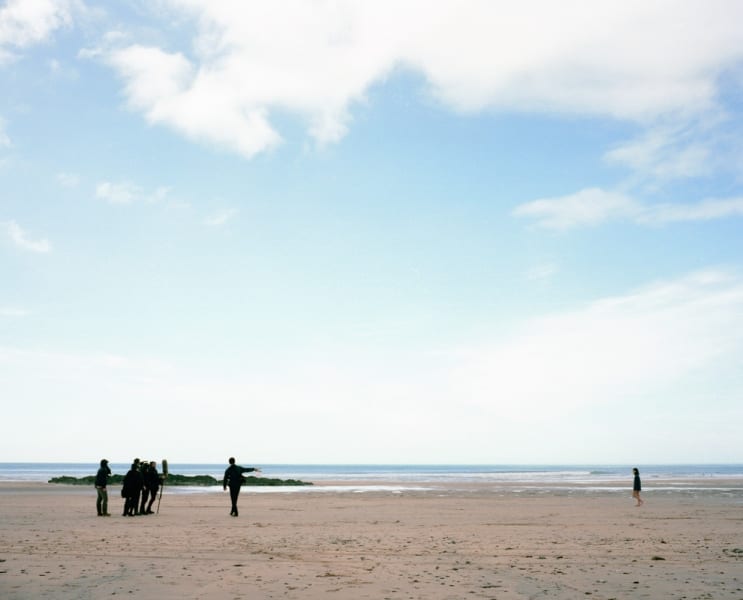
For both amateur and professional photographers investing in second-hand kit is the way forward.

On the face of it, Thomas Ruff has radically altered course since his first major…
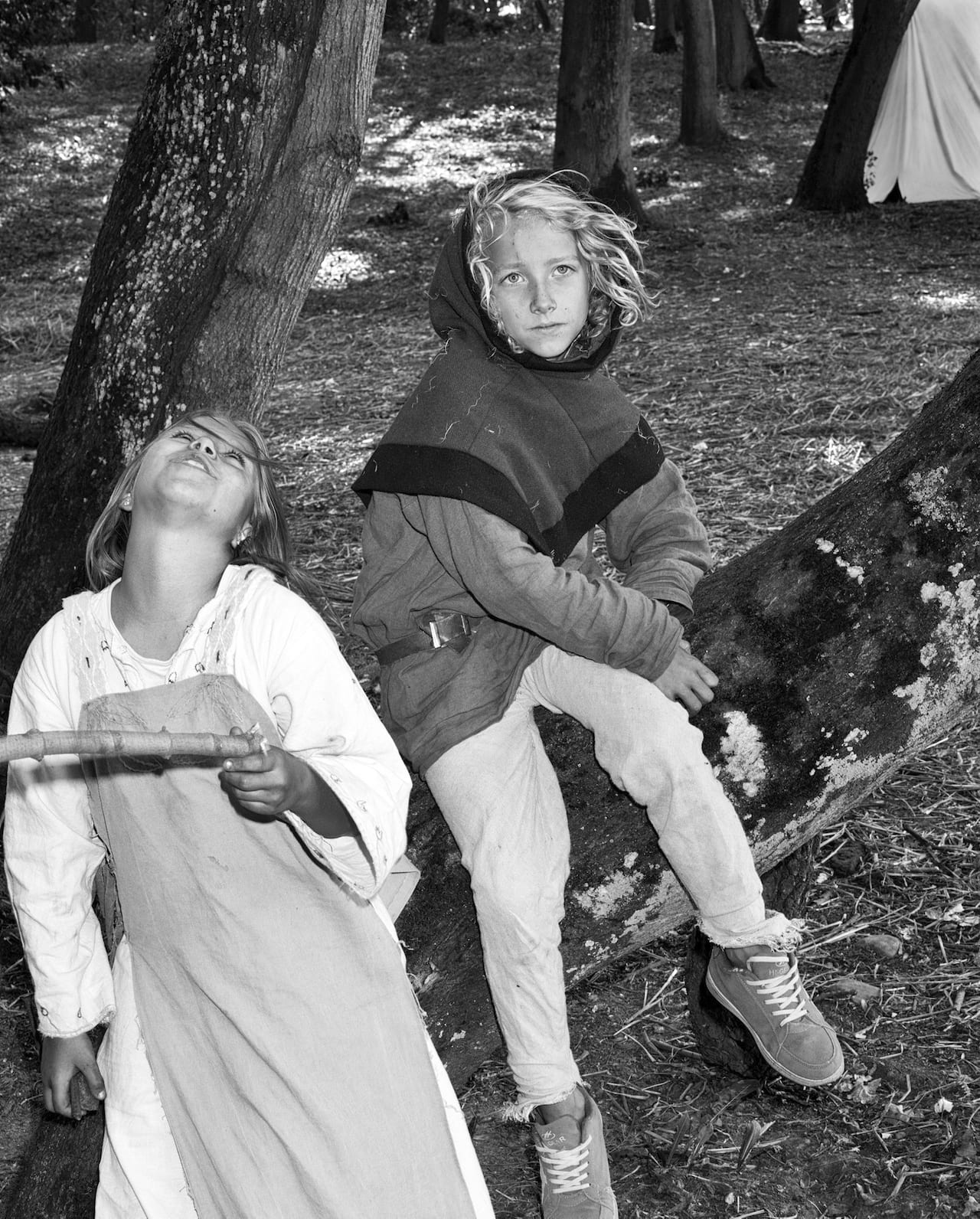
“Neverland came via my participation in the Wrzesnia Collection, a long-term photography project and ongoing photographic residency which is creating an ever-growing photo archive on the Wrzesnia Town and Commune. Every year, the Mayor of Wrzesnia Town and Commune invites one photographer, selected by the curator, to spend some time in the town creating a personal series of images that illustrates the district and its inhabitants. I had a very open brief, it was completely up to me how to portray the place. It’s an extraordinary little city, but it also seems very boring and calm on the face of it. I had to work like a journalist, cooperating with the local newspaper and researching every local event, initiative, meeting or story that could be interesting. All these events were an opportunity to meet the people, to spend some time with the community,” says Polish photographer Adam Lach
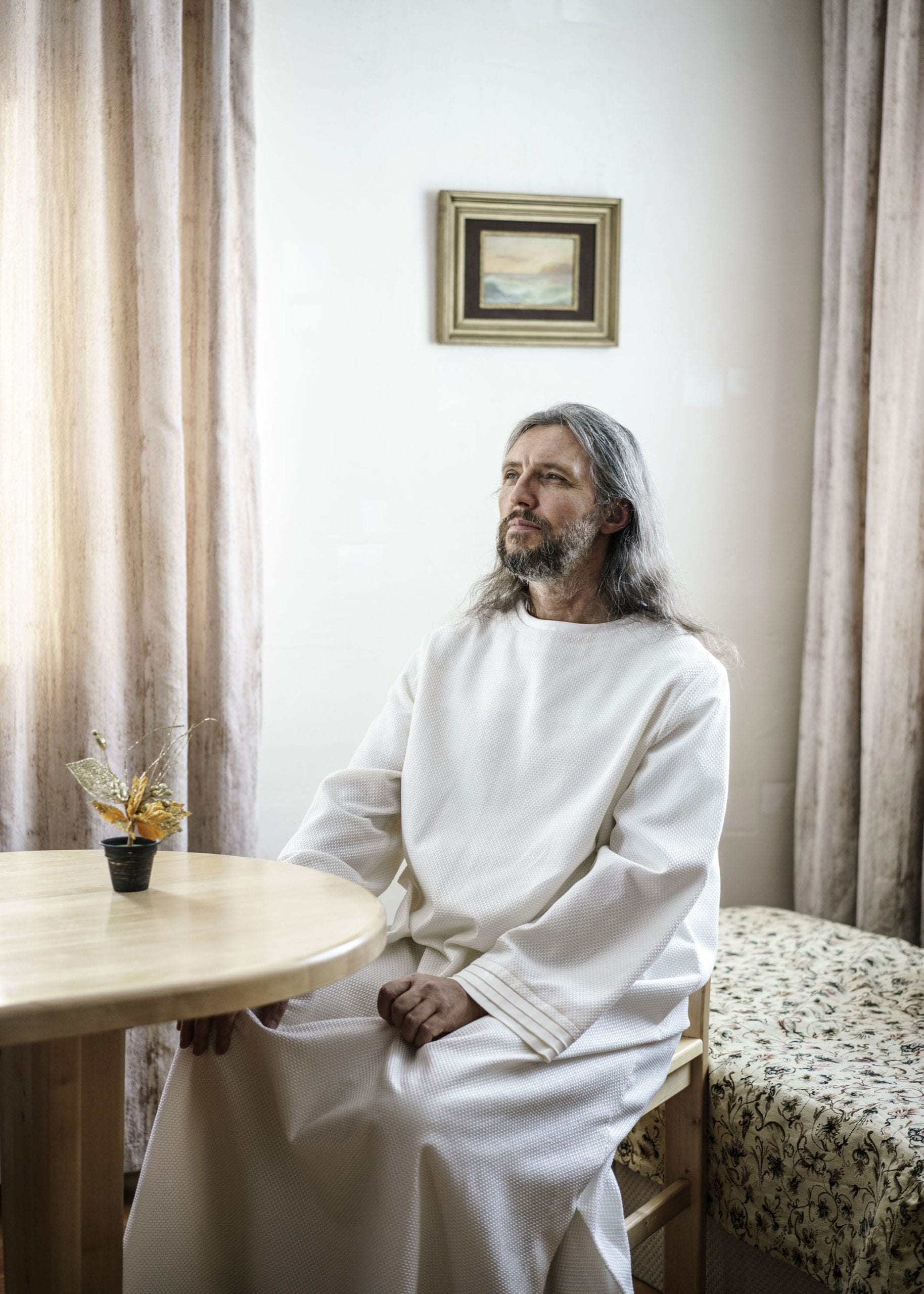
In the latest book from Jonas Bendiksen, the Norwegian photographer takes us on a global journey of spiritual exploration, seen through the worldview of seven fascinating individuals who literally believe themselves to be the Second Coming of Jesus Christ. It’s an expansive and sumptuously designed book of more than 140 photographs and several thousand words of accompanying textual scriptures, co-published by GOST and Aperture. In it, Bendiksen portrays himself as a photographic apostle, asking why the Bible story of a returning Messiah has remained so potent. “My approach here was to ask, who is this person and who are their followers,” he explains. “By immersing myself in their revelations and spending time with their disciples, I’ve tried to produce images that illustrate the human longing for faith, meaning, and salvation.”